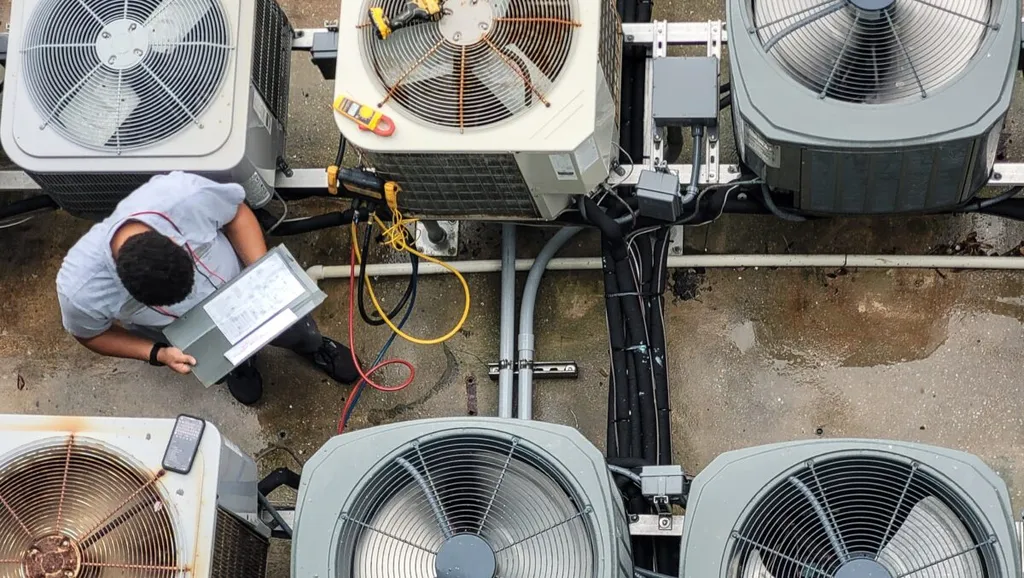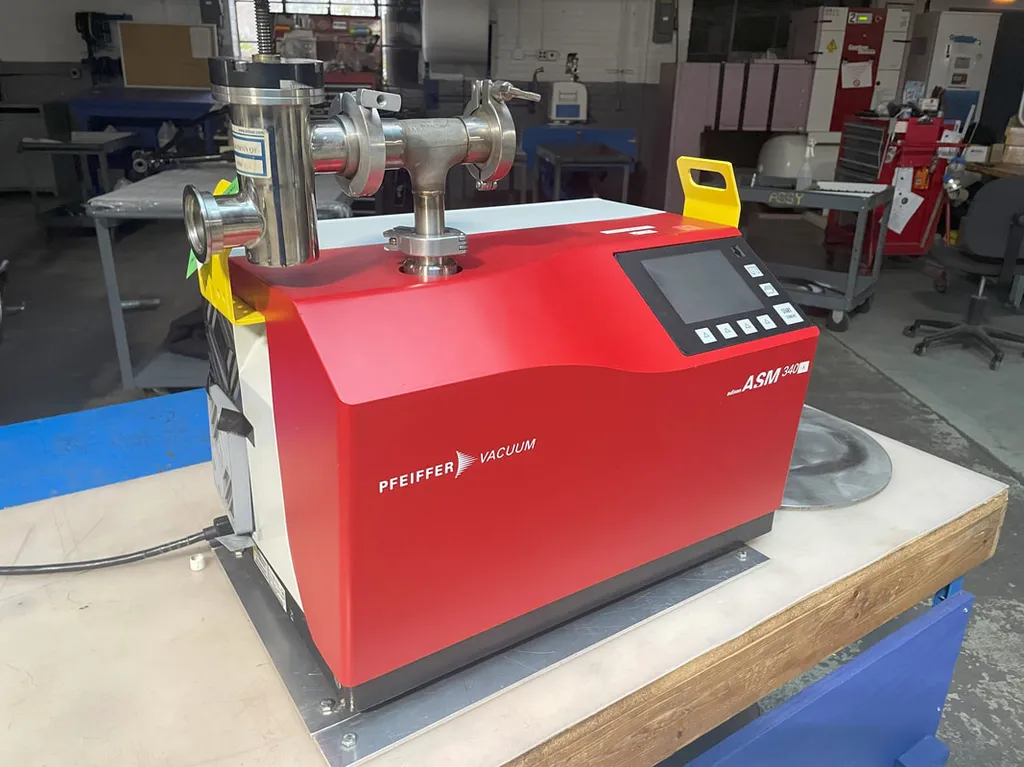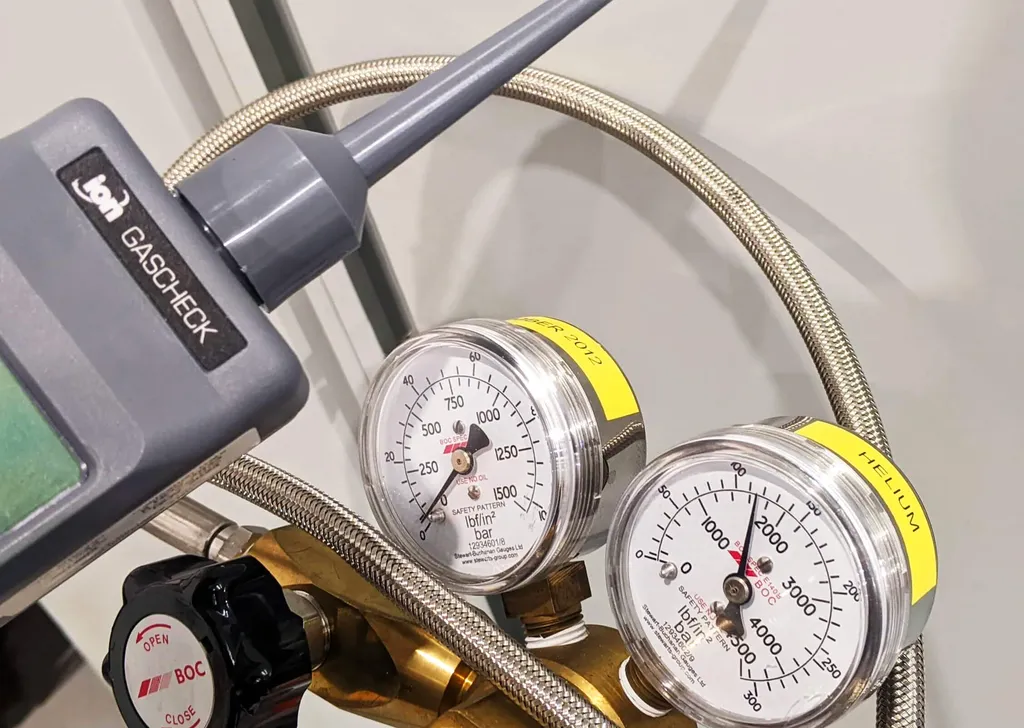What comes to mind when you think about keeping things cool? For many industries, and especially data centers, the answer often involves cooling towers. But have you ever stopped to consider the difference between cooling tower designs and what makes each one suited to specific applications? Let’s embark on a journey to understand these vital pieces of equipment.
Understanding Cooling Tower Basics
At its heart, a cooling tower is a heat rejection device that transfers waste heat to the atmosphere. It does this by cooling a water stream to a lower temperature. Think of it as a giant radiator, but instead of a car engine, it’s handling the thermal load of an entire facility. Water is pumped through the tower, where it’s distributed over a fill material, increasing the surface area for air contact. This exposure promotes evaporation, which removes heat and cools the remaining water. This cooled water is then returned to the system to absorb more heat, creating a continuous cycle.
This process has vital implications in many sectors. Kaltra, for example, manufactures energy-efficient chillers, free cooling systems, precision air conditioners, and microchannel heat exchangers. Cooling towers are often integrated with these systems to provide a complete cooling solution for data centers and various industrial applications. Given that Kaltra operates in over 60 countries, focusing on environmental friendliness and reliability, it’s clear that efficient heat rejection is a global concern.
Key Architectural Variations
So, what are the main types of cooling towers? There are several important architectural variations, primarily categorized by how air moves through the tower.
- Natural Draft Towers – These behemoths rely on natural convection for airflow. Picture a towering structure, often hyperbolic in shape, where warm, moist air rises naturally, creating a draft that pulls air through the tower. They are typically large, requiring significant space, and are often used in power plants where a large cooling capacity is necessary.
- Forced Draft Towers – In this design, fans are located at the base of the tower, forcing air upwards through the fill. This allows for more controlled airflow and a smaller footprint compared to natural draft towers.
- Induced Draft Towers – Here, fans are located at the top of the tower, pulling air through the fill. This configuration minimizes the risk of recirculation of hot, humid air, improving efficiency. Induced draft towers are often favored in industrial settings because of their performance and compact design.
The differences between cooling towers become quite clear when you look at these designs. The method of air movement affects energy consumption, space requirements, and overall cooling performance.
Flow Configurations
Another crucial difference lies in how the water flows in relation to the air. This gives us two main classifications –
- Counterflow Towers – In a counterflow tower, water flows downwards through the fill while air moves upwards. This provides excellent heat transfer because the coldest water meets the coldest air.
- Crossflow Towers – Here, water flows horizontally across the fill, while air moves horizontally through it. This design typically has lower air pressure drop, which can reduce fan energy consumption.
The choice between counterflow and crossflow depends on factors such as water quality, space constraints, and desired energy efficiency.
The Benefits They Provide
Beyond the technical specifications, it’s important to understand why cooling towers are so widely used.
- Energy Efficiency – Cooling towers can significantly reduce energy consumption compared to air-cooled systems. By using evaporative cooling, they can achieve lower water temperatures, improving the efficiency of chillers and other cooling equipment.
- Water Conservation – While they do use water, cooling towers can be designed to minimize water consumption through various technologies such as drift eliminators and advanced control systems.
- Cost-Effectiveness – In many applications, cooling towers offer a lower life-cycle cost compared to other cooling methods. The initial investment may be higher, but the reduced energy consumption and maintenance costs can provide long-term savings.
Making the Right Choice
Selecting the right cooling tower involves careful consideration of several factors. What are the key things to keep in mind?
- Cooling Load – The amount of heat that needs to be rejected is a primary determinant.
- Space Constraints – The available space will dictate the type and size of the tower.
- Water Quality – The quality of the water will affect the type of fill material and the maintenance requirements.
- Energy Efficiency Goals – Energy efficiency targets will influence the choice of fan type, fill material, and control systems.
Understanding the differences between cooling towers, their benefits, and the factors influencing their selection is crucial for making informed decisions. Companies like Kaltra, based in Munich and operating worldwide, play a vital role in providing these energy-efficient cooling solutions. Their focus on environmental friendliness and reliability underscores the importance of choosing the right cooling tower for a sustainable and efficient operation. After all, keeping things cool is not just about comfort; it’s about responsible resource management and long-term performance.


